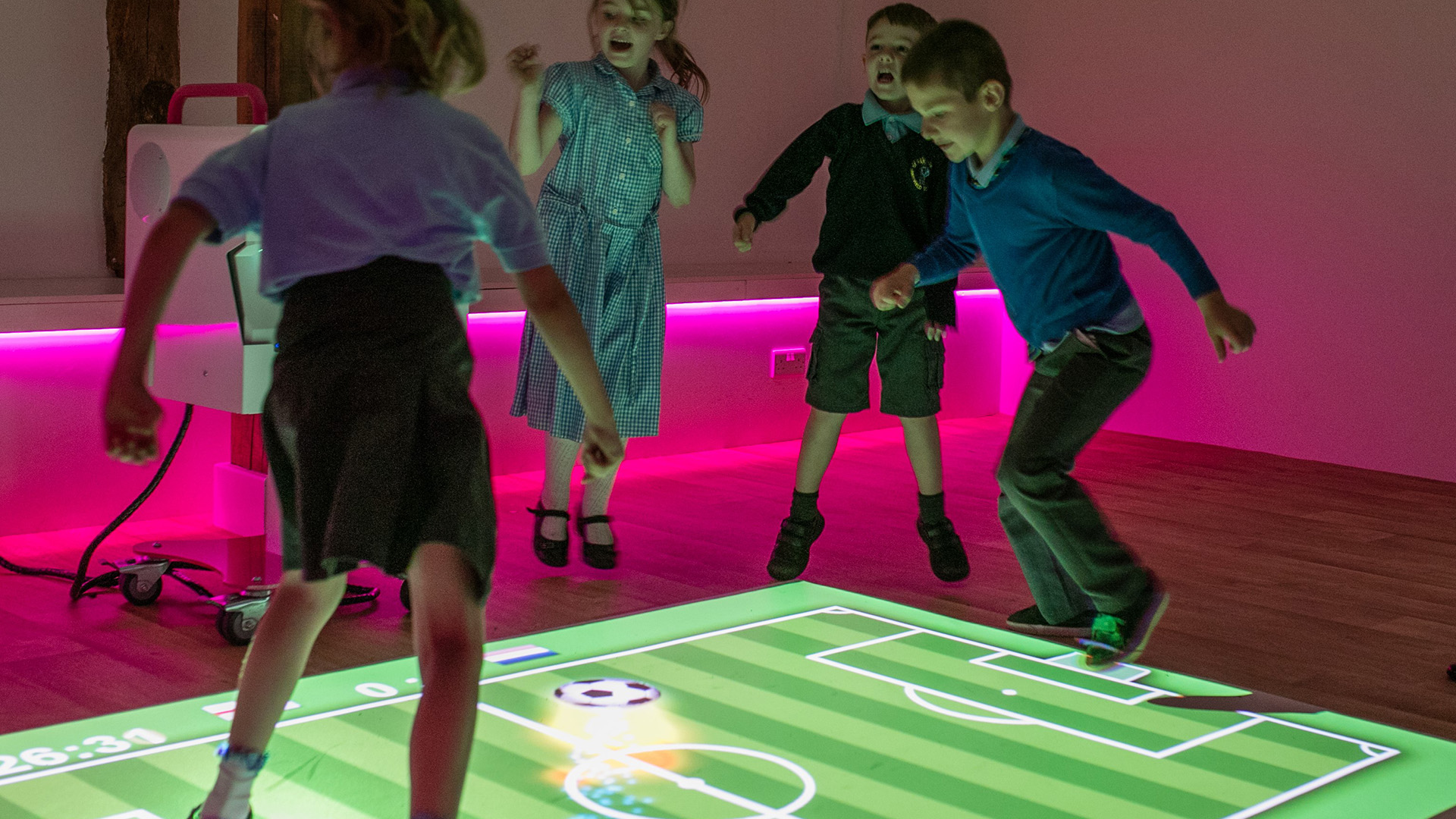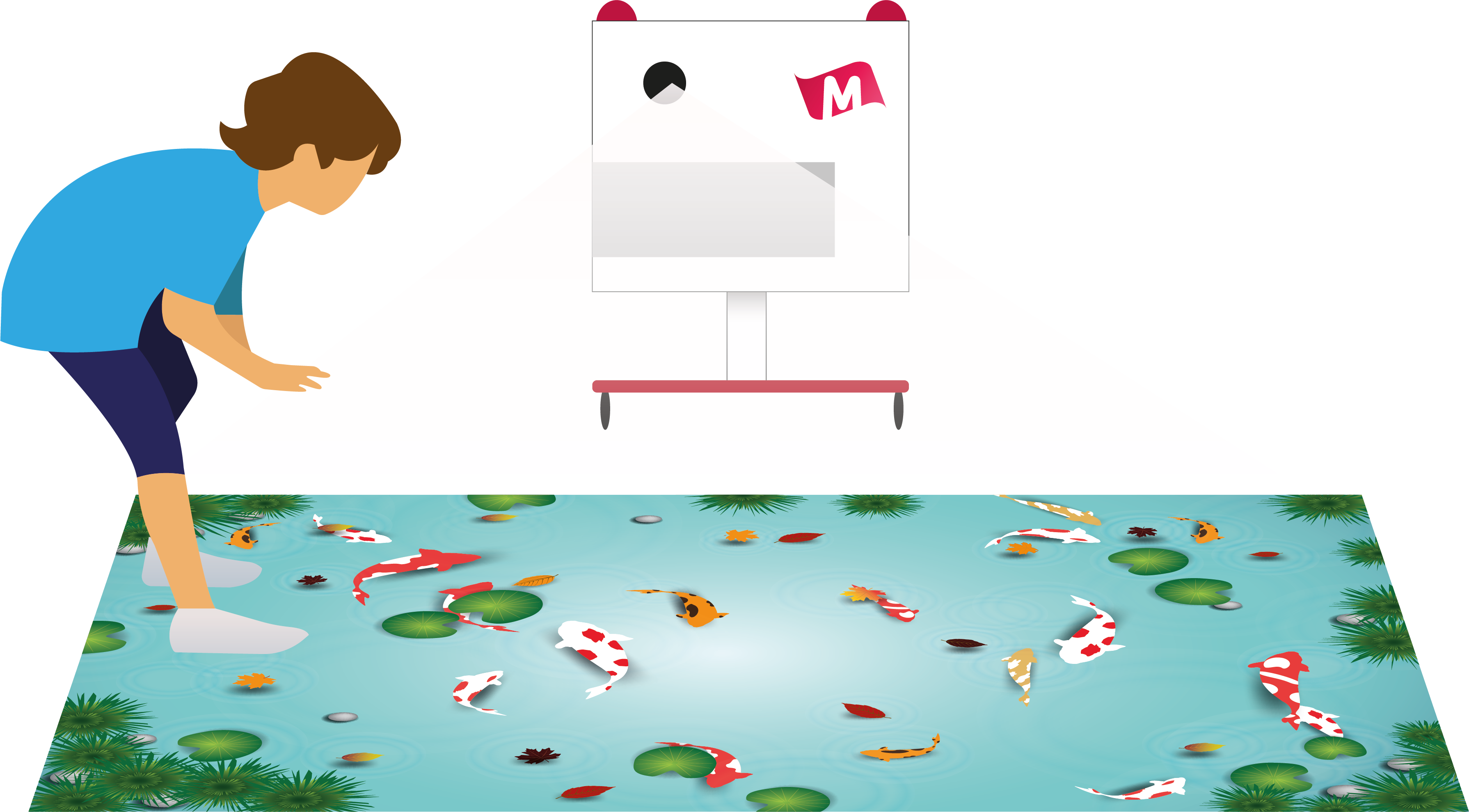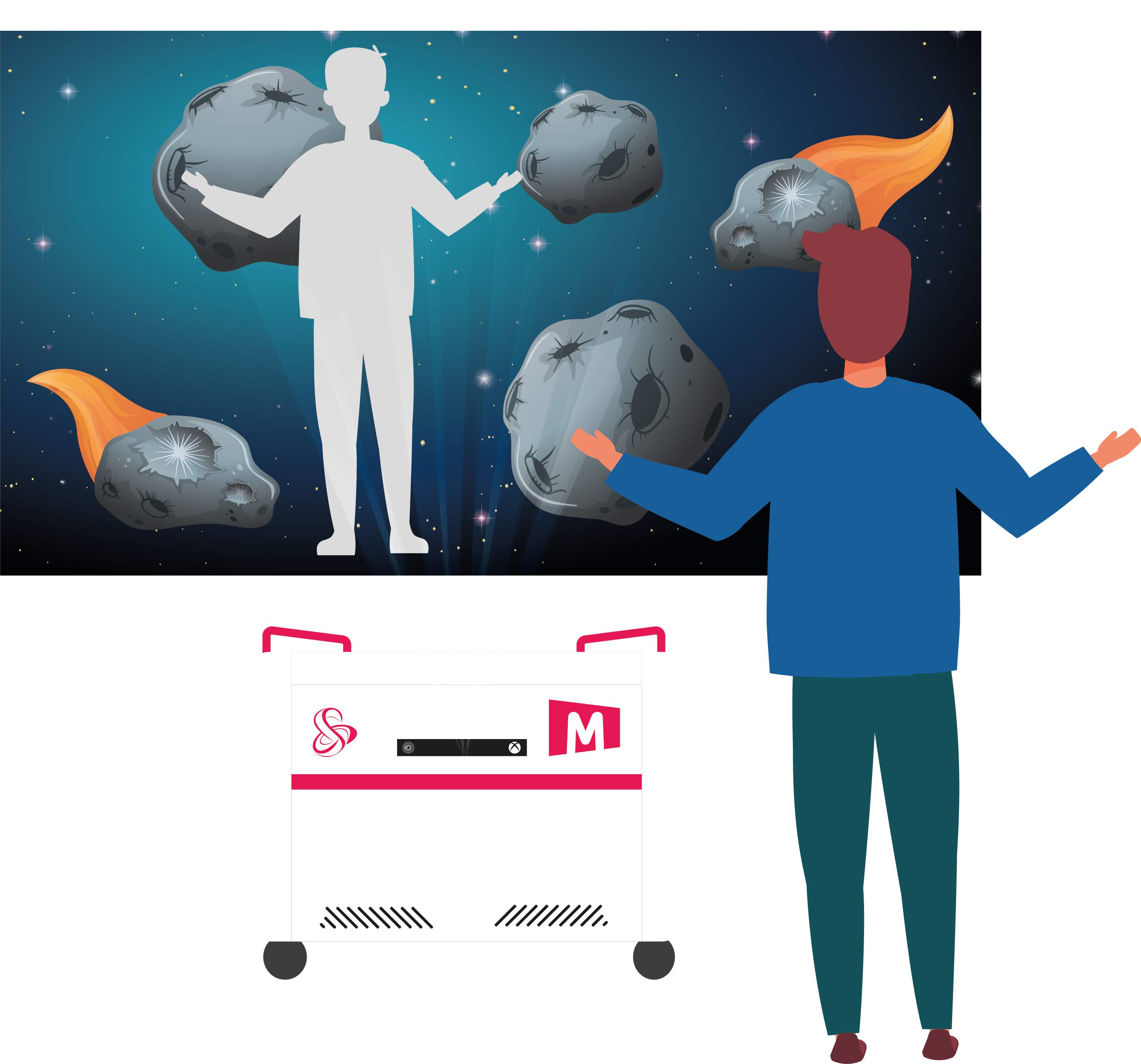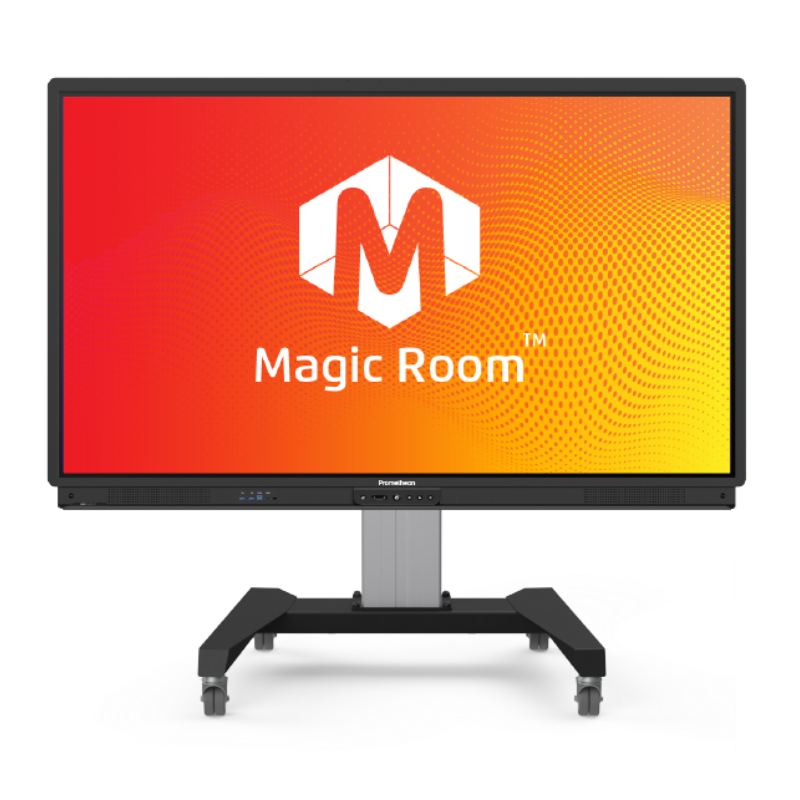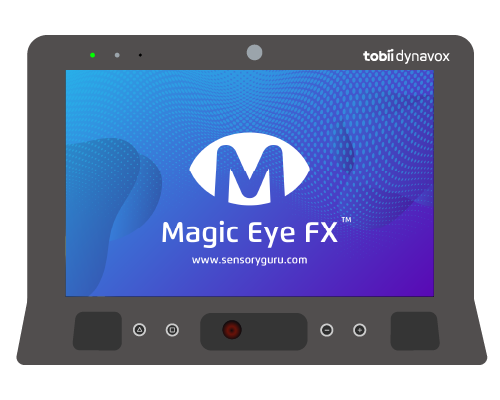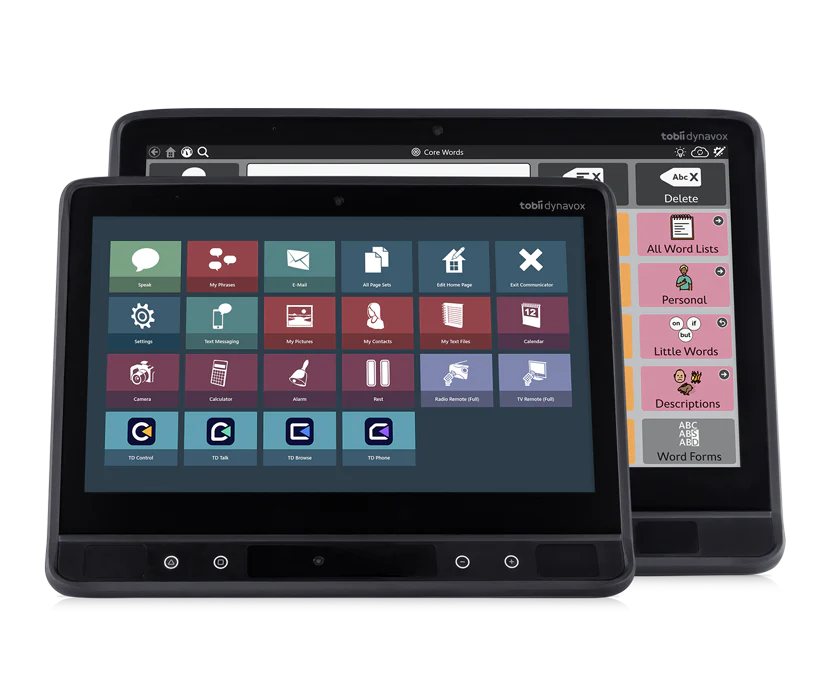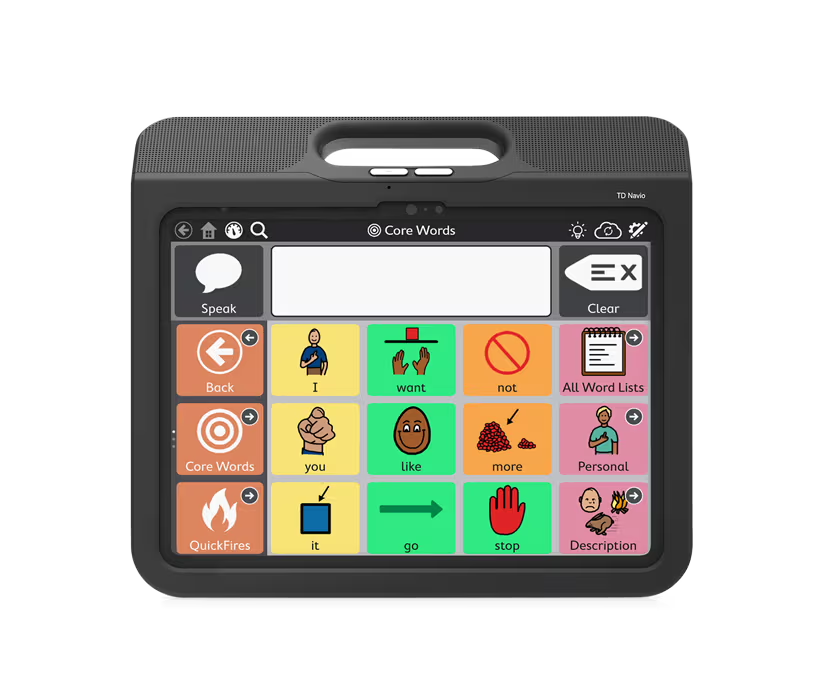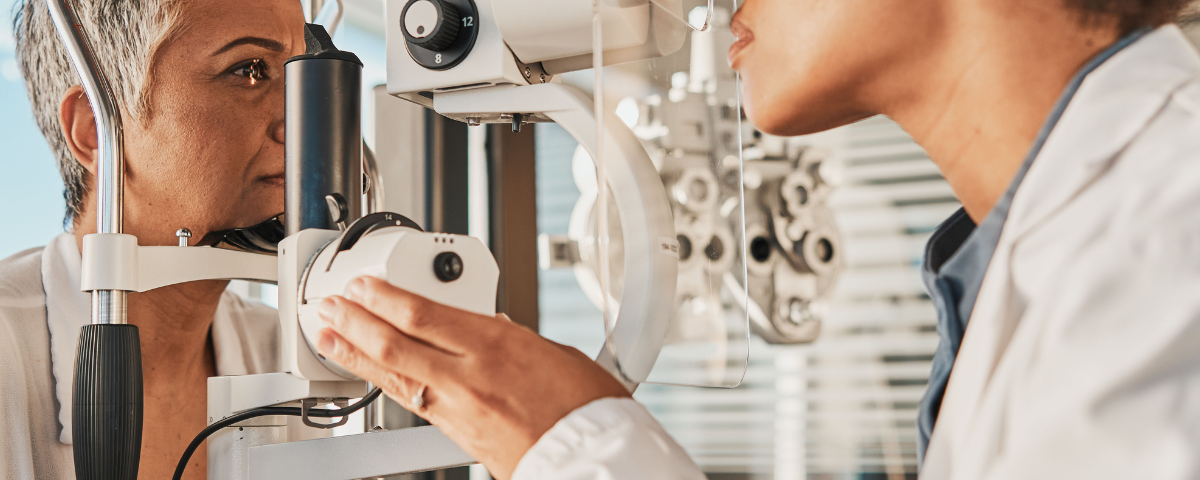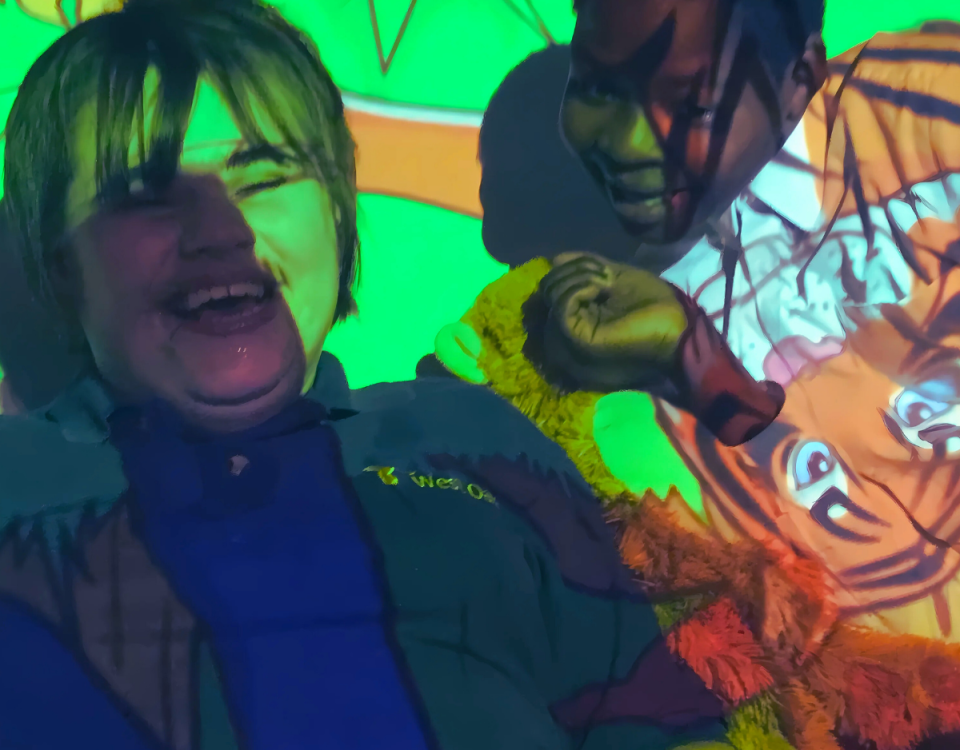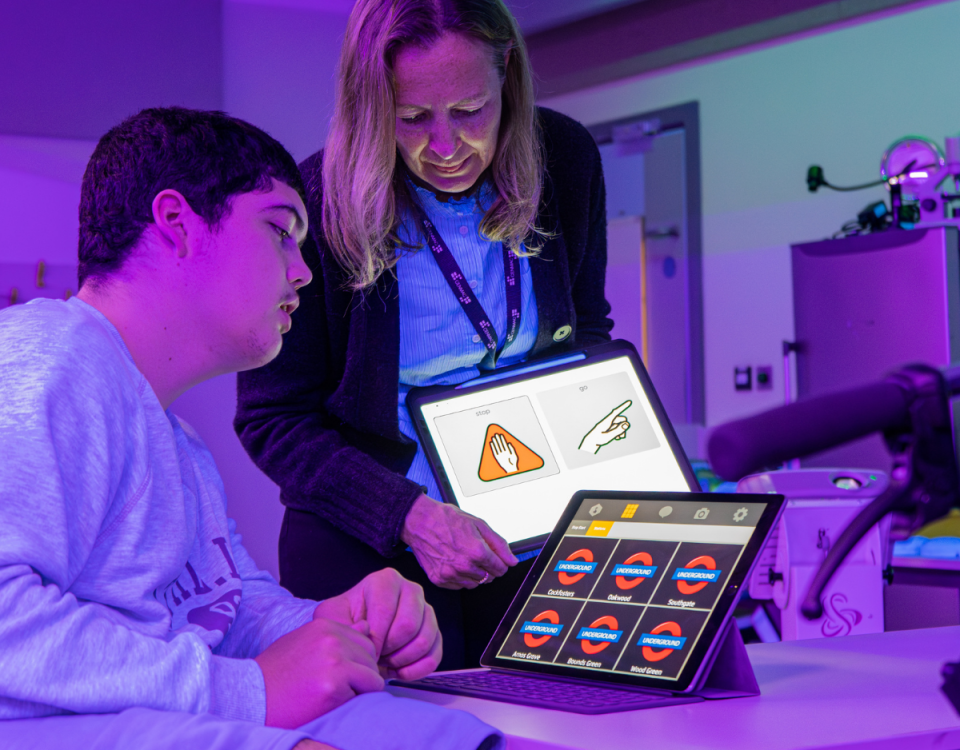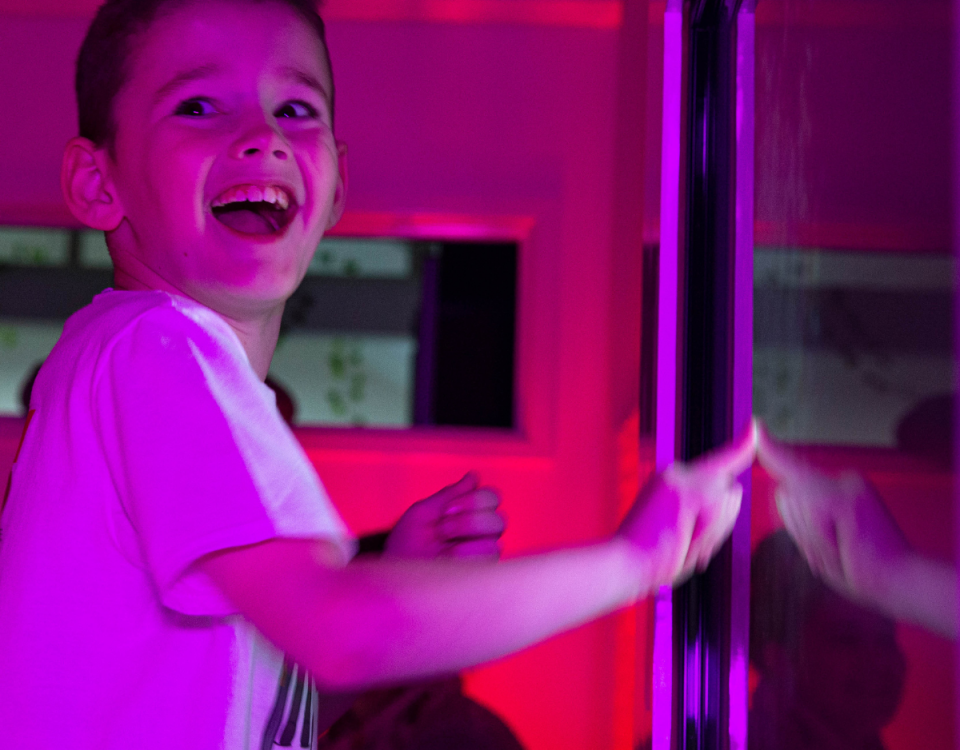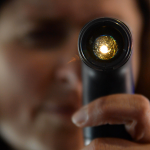
Debunking Common Eye Care Myths: Insights from Lisa Donaldson
December 26, 2024
What is Diagnostic Overshadowing? Insights from SeeAbility
December 27, 2024Since 2013, SeeAbility has been delivering sight tests and dispensing glasses in special educational needs (SEN) schools across England. With over 1,000 learners tested, their findings highlight critical gaps in eye care for this population and the importance of providing accessible services. Lee Blemings, CEO of Sensory Guru, sat down with Lisa Donaldson, Head of Eyecare at SeeAbility, to delve into the research statistics and their implications for learners.
Key Findings from SeeAbility’s Research
1. High Prevalence of Eye Problems
- 50% of children tested had some kind of problem with their eyes or vision.
- 30–40% required glasses, often with stronger prescriptions than typically seen in their peers.
2. Lack of Prior Eye Care
- Before SeeAbility’s involvement, 43% of children had no reported history of eye care, despite their higher likelihood of vision issues.
3. Increased Risk Among SEN Learners
- Children in SEN schools are 28 times more likely to have eye problems compared to their peers.
- Common issues include:
- Difficulties with eye movement control.
- Challenges with visual processing.
- Cerebral visual impairment (CVI).
What These Findings Mean for Learners
-
Stronger Prescriptions Require Patience
- When children with complex needs require glasses, they often need time to adjust to stronger prescriptions. This adaptation period can be longer than for their peers, requiring tailored support from caregivers and educators.
-
Unmet Needs Highlighted
- The high percentage of children without prior eye care demonstrates a systemic gap in addressing the vision needs of SEN learners. Accessible, school-based eye care services can close this gap.
-
Specialised Support is Critical
- The higher incidence of issues like CVI and visual processing difficulties underscores the need for collaborative care involving optometrists, educators, and therapists to optimise outcomes for these learners.
Key Statistics
- 30–40% of children tested needed glasses.
- 43% had no reported history of eye care.
- Children in SEN schools are 28 times more likely to have eye problems, including issues with eye movement control, visual processing, and CVI.
Final Thoughts
SeeAbility’s research underscores the urgent need for accessible and regular eye care in SEN schools. By identifying and addressing vision problems early, we can significantly improve the learning, engagement, and quality of life for children with special educational needs.
For more information about SeeAbility’s eye care services, visit SeeAbility.


